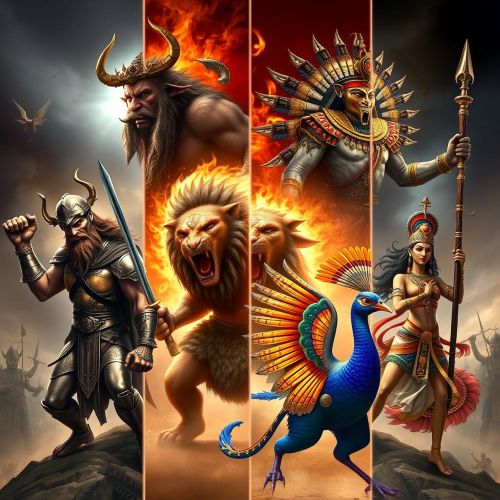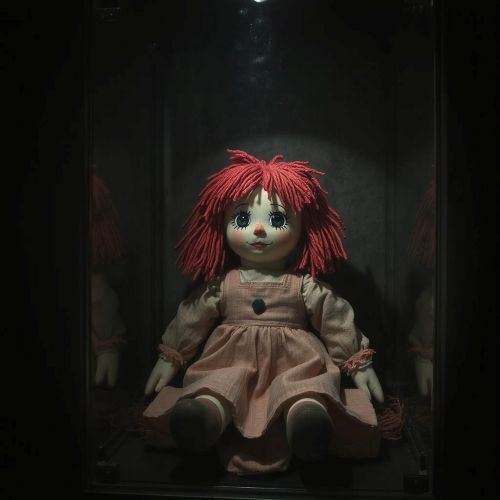Gizo : The Trickster
Listen
At a glance
| Description | |
|---|---|
| Origin | Hausa Mythology |
| Classification | Animals |
| Family Members | N/A |
| Region | Nigeria, Niger, Senegal, Benin |
| Associated With | Trickery |
Gizo
Introduction
In the Hausa religion, Gizo is regarded as a trickster spider. He is a notable figure among the people of the region who live in various countries such as Nigeria, Cote d’Ivoire, Niger, and Benin. Like other mythical heroes in African mythology, he is a mythological figure. The Hausa animism, also known as Maguzanci or Bori, is a pre-Islamic religion that involves the possession of spirits and magic. Most of its followers adopted Islam following the 18th century’s Jihad by an Islamic reformer known as Fodio.
Physical Traits
Gizo is often depicted as a regular spider in the mythology of Nigeria, Niger, Sengal etc. However, in many stories, Gizo is also described as wearing an antelope skin to escape from his enemies or people who are angry with him due to his tricks and lies.
Family
Arthur John Tremearne, an anthropologist, claims that Gizzo is regarded as the most prominent figure in Hausa culture. He is often outwits the other creatures featured in folk tales. According to Tremaine, Hausa people would recite the name of Gizo prior to a story being told.
Other names
Almost all African cultures have the trickster spider figure in their myths and are known by many names including Anansi, Anansee, Big Nancy etc.
Powers and Abilities
Gizo is a trickster spider who has elements similar to those of other notable figures in African folklore, such as Anansi the spider. Like Anansi’s tales, the stories about Gizo have been made into folk tales and are not considered as religious myths.
Modern Day Influence
Gizo is still a big part of traditional Hausa culture in Nigeria and the movement to keep traditions alive has resulted in a unique development in the African continent. The influence of Christian missionaries and Islamic preachers had resulted in mass conversions across the continent. In modern times the resurgence of the traditional belief systems has brought about a blend of tradition and modern religion making this quite unique to what is seen around the world.
Frequently Asked Questions
What is lorem Ipsum?
I am text block. Click edit button to change this text. Lorem ipsum dolor sit amet, consectetur adipiscing elit. Ut elit tellus, luctus nec ullamcorper mattis, pulvinar dapibus leo.
What is lorem Ipsum?
I am text block. Click edit button to change this text. Lorem ipsum dolor sit amet, consectetur adipiscing elit. Ut elit tellus, luctus nec ullamcorper mattis, pulvinar dapibus leo.
What is lorem Ipsum?
I am text block. Click edit button to change this text. Lorem ipsum dolor sit amet, consectetur adipiscing elit. Ut elit tellus, luctus nec ullamcorper mattis, pulvinar dapibus leo.
What is lorem Ipsum?
I am text block. Click edit button to change this text. Lorem ipsum dolor sit amet, consectetur adipiscing elit. Ut elit tellus, luctus nec ullamcorper mattis, pulvinar dapibus leo.
What is lorem Ipsum?
I am text block. Click edit button to change this text. Lorem ipsum dolor sit amet, consectetur adipiscing elit. Ut elit tellus, luctus nec ullamcorper mattis, pulvinar dapibus leo.



